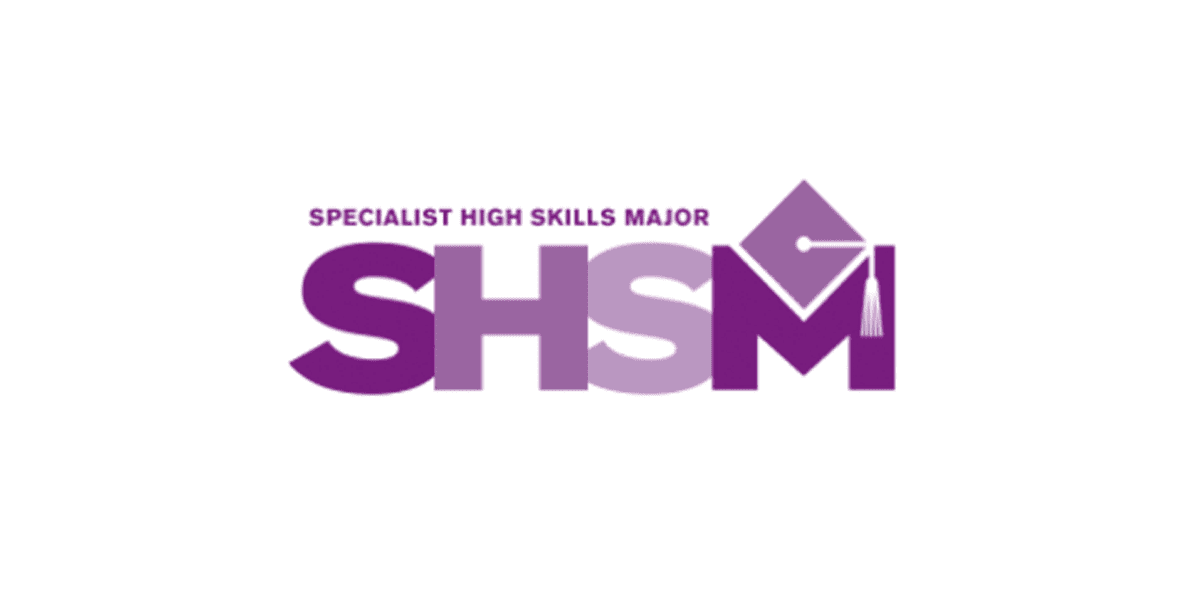Programs
Students
On this page, jump to...
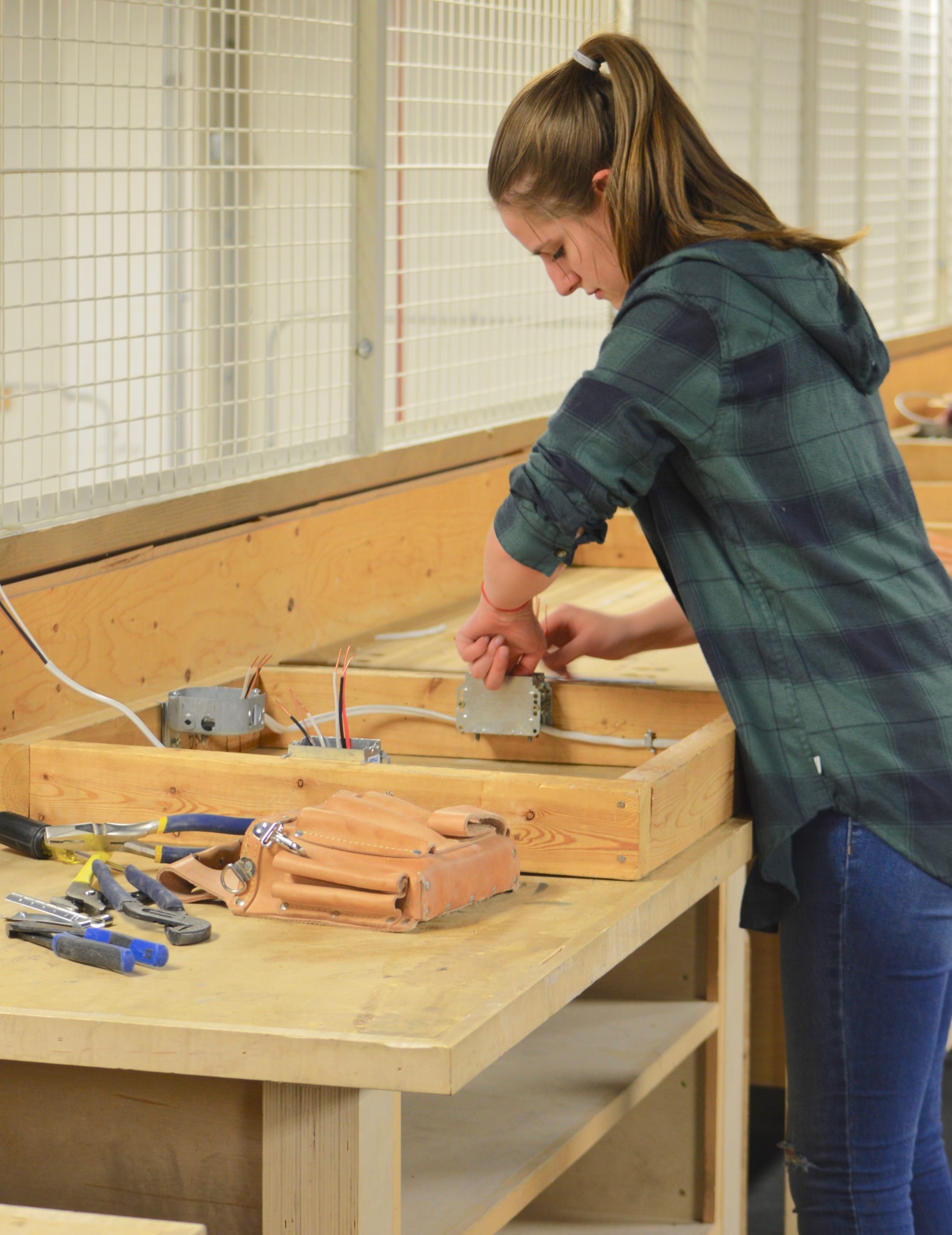
Cooperative Education
What is cooperative education?
- Cooperative Education (co-op) gives students the opportunity for hands on experience in a career they may choose to pursue in their future.
- Co-op allows students to earn high school credits by integrated course curriculum with learning on a work placement.
- A co-op placement in a skilled trade is referred to as a Ontario Youth Apprenticeship Program (OYAP) placement.
Who can participate?
Grade 11 or 12 students in all pathways – apprenticeship, college, community, university, or workplace can participate in a 2 or 4 credit co-op placement.
Benefits
- Gain workplace experience.
- Develop employability skills and work habits.
- Hands-on learning in a safe and encouraging environment in a trade or career of choice.
- Pursue a work placement based on student interests and explore a possible career.
- Connect and build relationships with potential future employers.
- Helps students make informed decisions about future work, careers and education.
- Earn credits toward their Ontario Secondary School Diploma (OSSD).
- Earn co-op credits at a paid job during night school or summer school co-op.
For additional information:
- OYAP website
- View Night School and/or Summer School Co-op in TLDSB website.
- Talk to your school’s Co-op teacher to discuss options.
Dual Credits
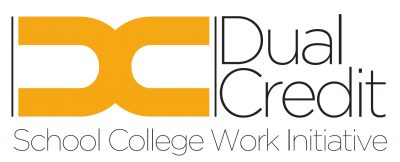
What are Dual Credit programs?
- College courses offered to senior high school students in academic and trades programs.
- Students can earn up to four optional credits through dual credits courses to help them earn their Ontario Secondary School Diploma (OSSD).
- “Dual” refers to the course recorded on both the high school transcript and college transcript.
- Students sample college work in new learning environments.
Who can participate?
- Grade 11 or 12.
- College capable.
- In specialized programs including, Specialist High Skills Majors (SHSM) and Ontario Youth Apprenticeship Program (OYAP). Students who want to explore career paths and experience college.
- Want to explore careers and experience college.
Benefits
- Try out college with the support of a high school teacher
- Support a transition to college or apprenticeship programs.
- May earn certification and support SHSM requirements.
- Get a head start on post-secondary education.
- Increased awareness of post-secondary pathways and careers.
For additional information
- Dual Credit Course Information Sheets
- TLDSB Dual Credit course offerings
- Contact your school’s Guidance Department for more information.
Ontario Youth Apprenticeship Program
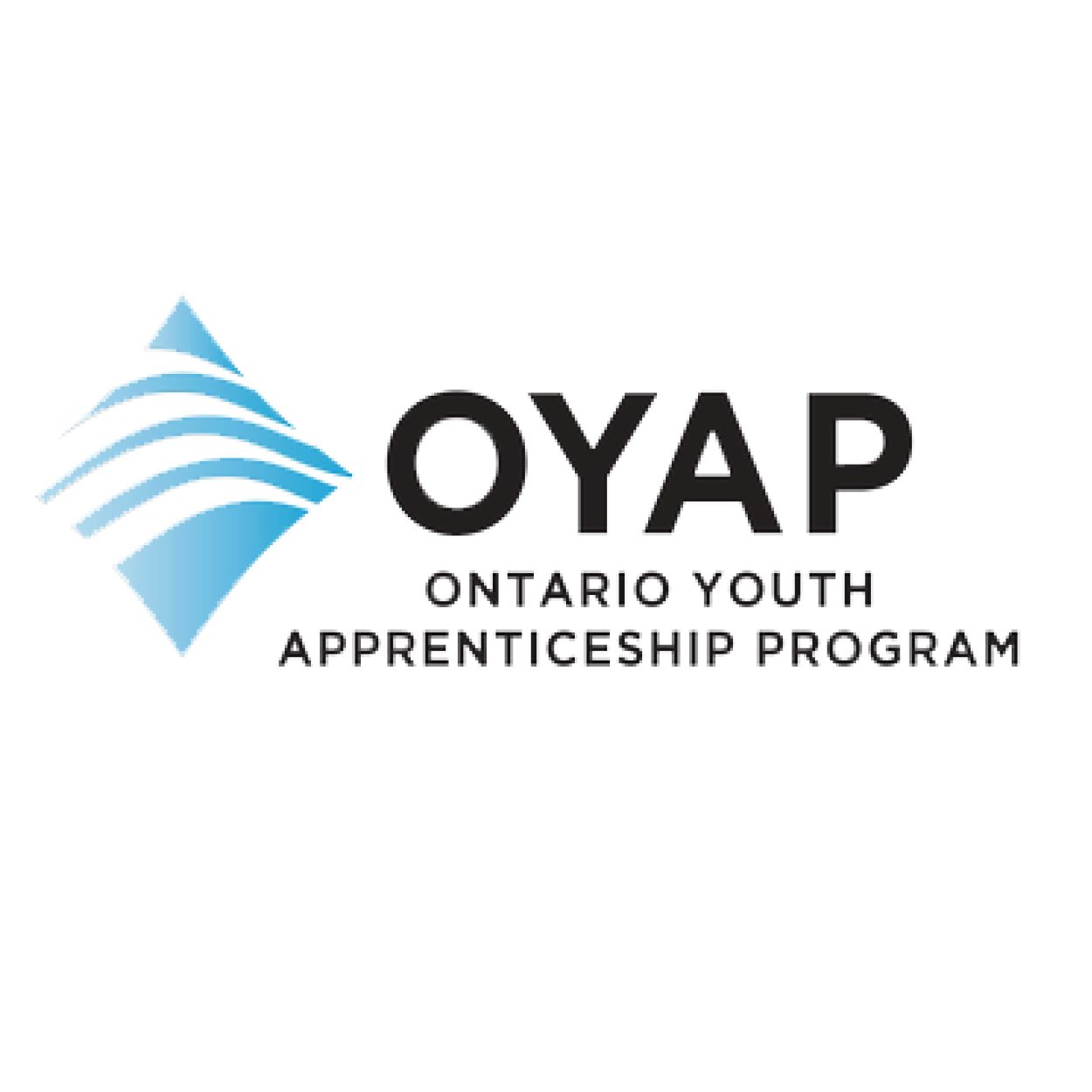
What is OYAP?
- OYAP is a school-to-work program for students to explore apprenticeship careers after they have completed Grade 10, through the cooperative education program.
- Students can become registered apprentices and begin to work towards becoming certified journeypersons in a skilled trade while completing their secondary school diplomas.
- OYAP participants → students in co-op placements in the skilled trades.
- OYAP registered apprentices → students with signed registered training agreement (r.t.a.’s), who have officially started their apprenticeships.
- OYAP Level 1 accelerated → students selected to participate in the first level of trade school while in their final year of high school.
Who can participate?
- Students must be at least 15 years of age (some workplaces have a minimum age requirement of 16).
- Students must have completed 14 credits.
- Students must be working towards the completion of all OSSD requirements.
Benefits
Students:
- Start a career in the skilled trades while still in high school.
- Gain employability skills and a network with businesses.
- Acquire hours and skills toward the apprenticeship.
- Participate in a hands-on learning experience and application of classroom theory to the workplace.
- Increase awareness of workplace demands, skills, and needs.
Employers:
- Increase employer exposure within the community.
- Access new employees at no cost.
- Help build a skilled workforce and promote youth retention in the community.
- Develop leadership and supervisory skills in employees.
For additional information:
- Learn about TLDSB Level 1 Accelerated OYAP Program Information.
- Employers can visit Ontario’s Hire an apprentice for more information.
- Visit the Skilled Trades Ontario website.
- Contact your school’s Guidance Department for more information.
- Contact TLDSB Pathways team via email.
Specialist High Skills Majors (SHSM)
What are SHSM programs?
- SHSM programs allow students to focus their learning on a specific sector.
- All include specific courses, cooperative education placement, certifications, and industry specific opportunities.
- Students graduate with a SHSM Seal and formal recognition on their OSSD.
Who can participate?
- Students in grade 11 or 12 can begin working on SHSM components
- Students in all pathways: apprenticeship, college, university, workplace.
Benefits
- Explore career goals and make decisions about their future.
- Students will customize their secondary school education to suit their interests and talents, and develop specialized knowledge and skills.
- Take high school courses that match their interest and strengths.
- Develop specialized knowledge and skills.
- Gain work experience though co-op.
- Participate in industry training that is recognized by post-secondary educational institutions and sector.
- Free learning opportunities!
For additional information
- Download the TLDSB SHSM program poster
- SHSM page on the Ontario government’s website
- Contact your school’s Guidance Department for more information.
BMLSS information
Specialist High Skills Majors
At BMLSS, students can pursue Specialist High Skills Majors (SHSM) in construction, health and wellness, and transportation.
If you have any questions about BMLSS programs, reach out to the lead teacher of each program for more information.
Construction
Contact: Mr. Doyle
Health and wellness
Contact: Mr. Crowe
Transportation
Contact: Mr. Palomar
Schools Within a College (SWAC)
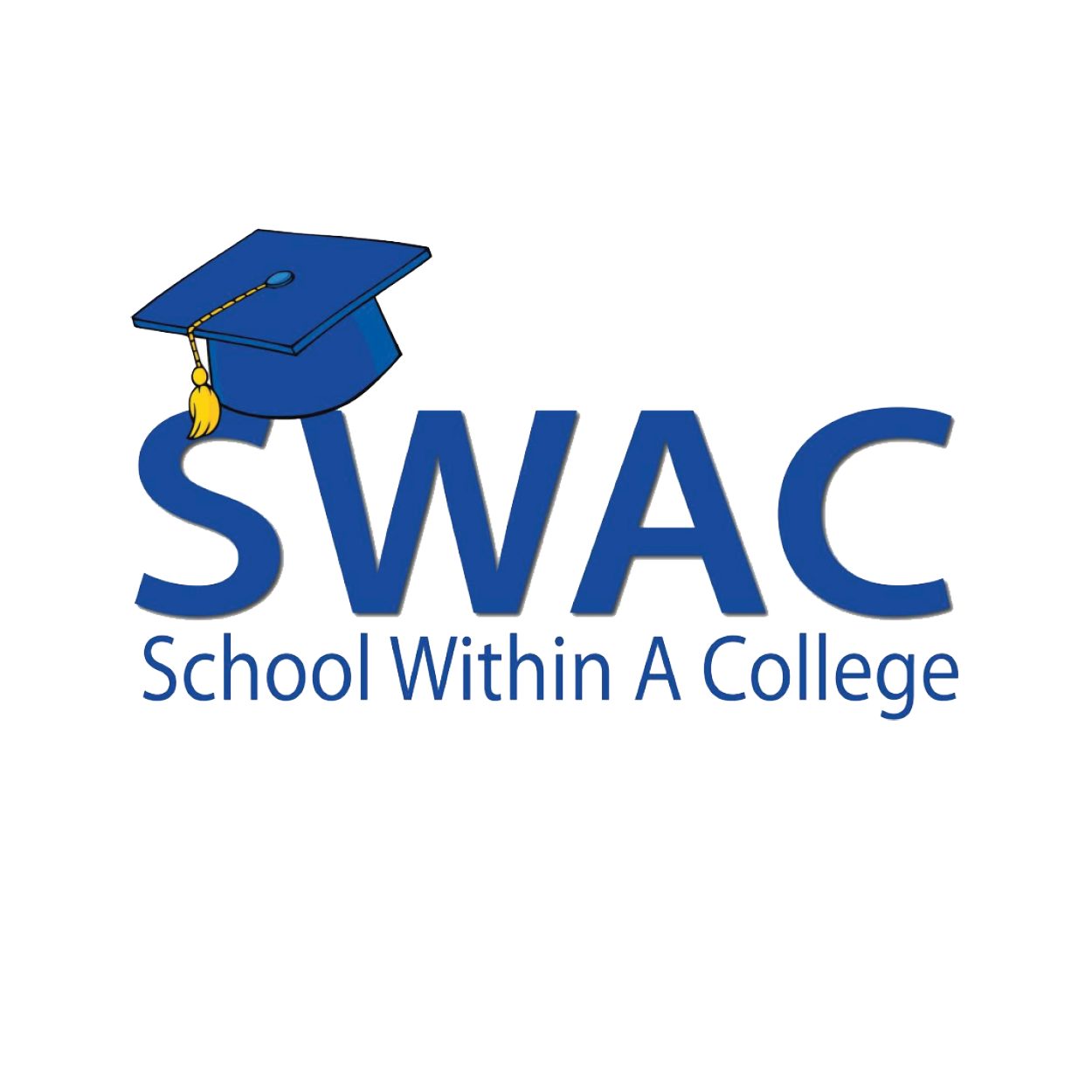
What is SWAC?
- SWAC provides high school students the opportunity to complete their Ontario Secondary School Diploma (OSSD) and college courses in a collaborative learning community on a college campus.
- Learning occurs on a college campus.
- Secondary earn secondary school credits and two dual credits (college credits).
Who can participate?
- Students who are entering their final semester of high school.
- Students who are at least 17 years old and have 24 credits.
- Students who are college capable and motivated to succeed and graduate!
- Students who demonstrate consistent attendance.
Benefits
- College learning environment and have access to all college supports, services, programs, and facilities.
- A four-day week school schedule.
- Help support a successful transition to college or apprenticeship programs.
- Free college courses including all books, transportation, and other associated costs.
- Smaller class sizes with the same teacher and a 4-day week school schedule.
For additional information
- Contact your school’s Guidance Department for more information.
Contact us
If you have any questions, please contact your local school or fill in the Pathways Questions Form.
Follow us on social media:
Twitter: @TLDSB_Pathways
Facebook: @TLDSBPathways
Instagram: tldsb.pathways
#StartMeUp Mailing List
Are you interested in learning more about TLDSB pathways and programs, future skilled trades opportunities, events, and/or initiatives? If so, complete the #StartMeUp Mailing List Form to be put on our mailing list.
